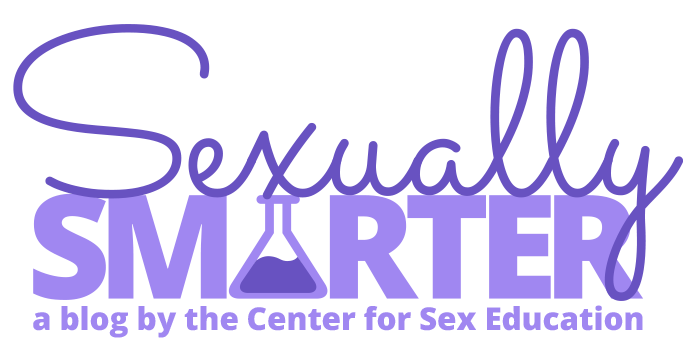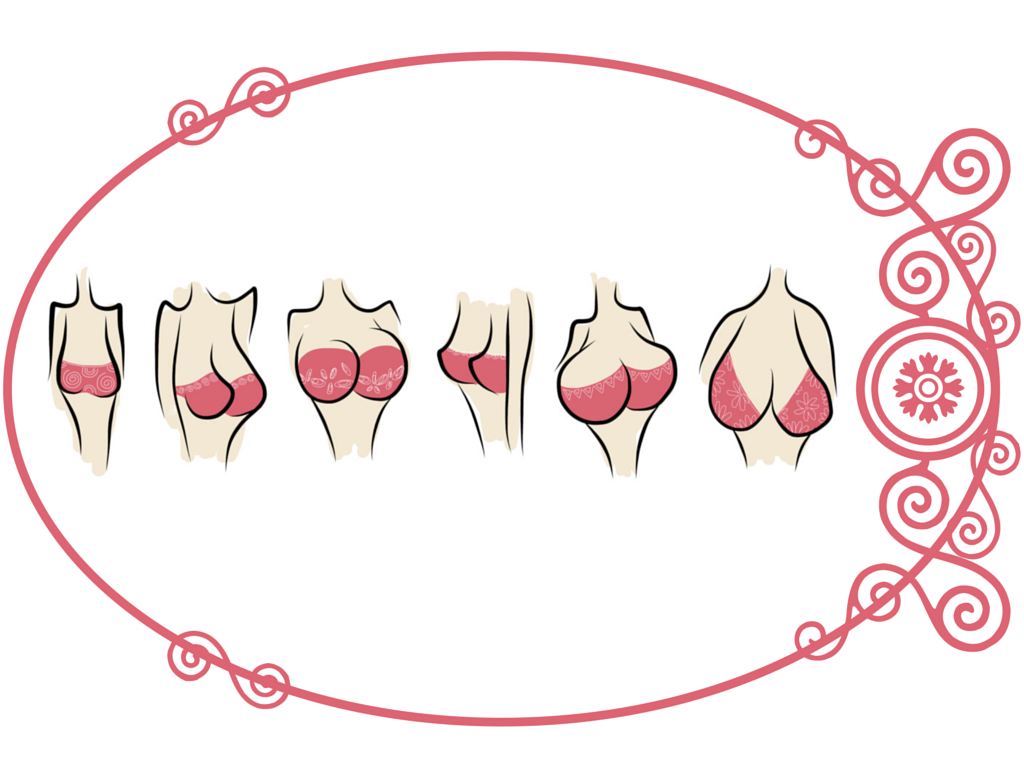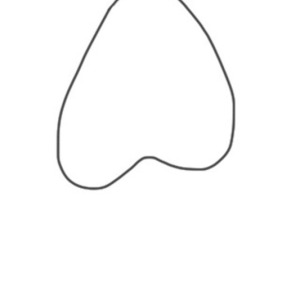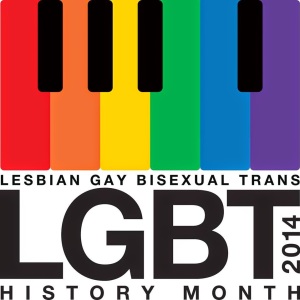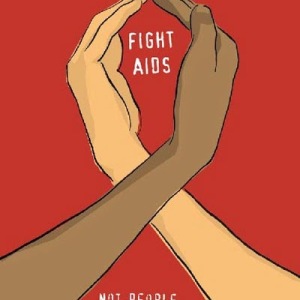Today is National Mammography Day, as part of National Breast Cancer Awareness Month. I’m going to be honest: I struggle with breast cancer awareness month.
It is a really important topic, and one that is worthy of time and attention. My stepmother was diagnosed with breast cancer some years ago and I sat with her in the hospital the night after her radical mastectomy. It was emotionally and physically exhausting. I’m grateful that the cancer was caught early enough for aggressive treatment to be effective. It was awareness campaigns, like this one, that made that change. And so I’m glad that there’s been such a dramatic increase in awareness around breast cancer since Bill Clinton proclaimed the first National Mammography Day in 1993.
But most American are pretty aware of breast cancer at this point, but the awareness campaigns continue to receive dramatic support that cuts across many levels of culture, racial and ethnic groups, and more. The result has been a commercialization of the process of awareness. (The recent fracking debacle that produced pink drill bits is one horrific example.)
Breast cancer has been taken up as a primary women’s issue, which is why I think it’s received as much attention as it has, even as other really important, life impacting, life saving women’s issues lag in attention and awareness. Where is the ribbon that raises awareness about access to contraception, about sexual harassment and assault, about continued workplace discrimination, about access to abortion? Where are the ribbons that bring attention to cervical cancer and the HPV vaccine, that provide for a wide range of STI testing in order to prevent pelvic inflammatory disease, that address domestic violence? Where is the outrage about assaults of transwomen as a clear aggression that our culture harbors about femininity?
The very essence of what it means to be female is continually devalued, ignored, and attacked from so many corners of the culture in the United States. If women’s issues are what we want to address, to have large-scale collective conversations about, then by all means, let’s begin! We have so many possible paths for awareness and education that are languishing, we need a spectrum far wider than our color array to assign a ribbon to each of them.
The thing is, we don’t have to leave THIS work up to medical professionals. We can do so much more than raise awareness – we can dig deep and change the system. And we should. So this month, instead of raising awareness about breast cancer, raise awareness about a different women’s issue. There are so many possibilities. Here’s one from Changes, Changes, Changes:

